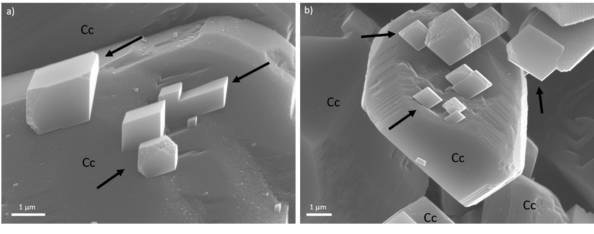Provenance research tracks the transport routes of sediment. Such research is done for various reasons, such as paleogeographic, paleogeologic, and tectonic reconstructions of basins, basin surroundings, and continental-plate configurations.

The research can help to reconstruct both basin and basement evolution, for instance by estimating erosion rates. It also can be applied to archeometry to reveal the origin of materials used by early humans, and in forensic sciences.
Micro-nanoscale microscopy and mineralogy
This research specialized on rock-fluid interaction and mineral changes on micron, nano (nanoSIMS, TEM and TERS) and even sub-nano scale (Helium Ion microscopes).
Reservoir characterization / Provenance studies using MLA-geochemistry and isotope geochemistry
Investigations focus on the understanding of reservoir rocks in quantifying components and pores with a variety of analytical applications including age determinations (e.g. MLA/QEMSCAN, ICP-MS-LA, etc.).
Exploring the Early Archean crust
Understanding the processes during the Early Earth using sedimentary rocks from selected cratons (South Africa and India) is the focal point of this research initiative.
Archeometry
Provenance studies on pottery sherds and on rock paints as well as coloration on artefacts will be in the focus of this research field, using SEM, RAMAN techniques.